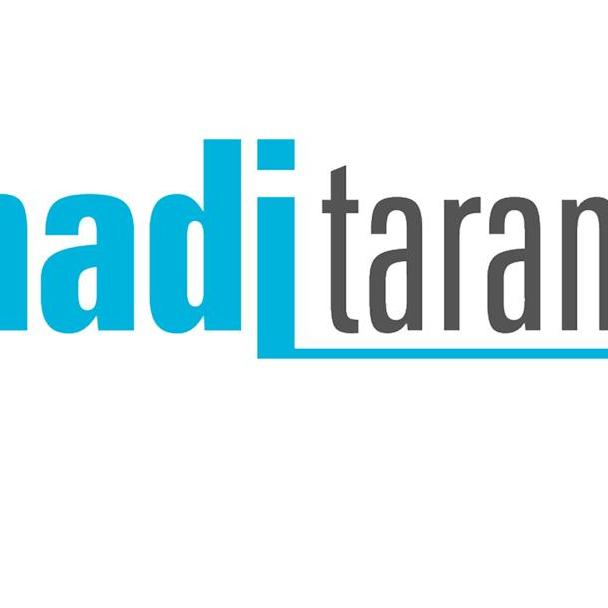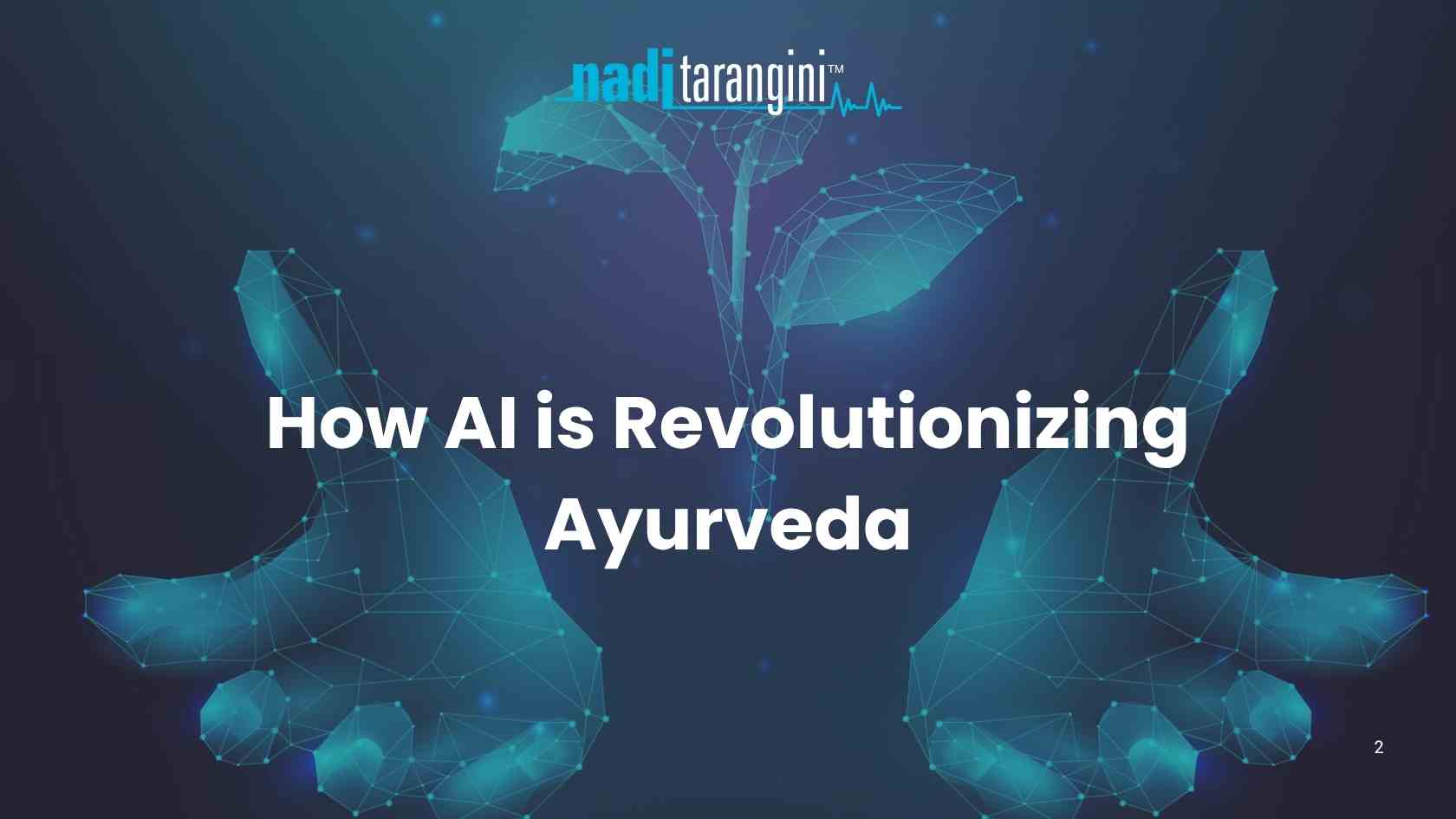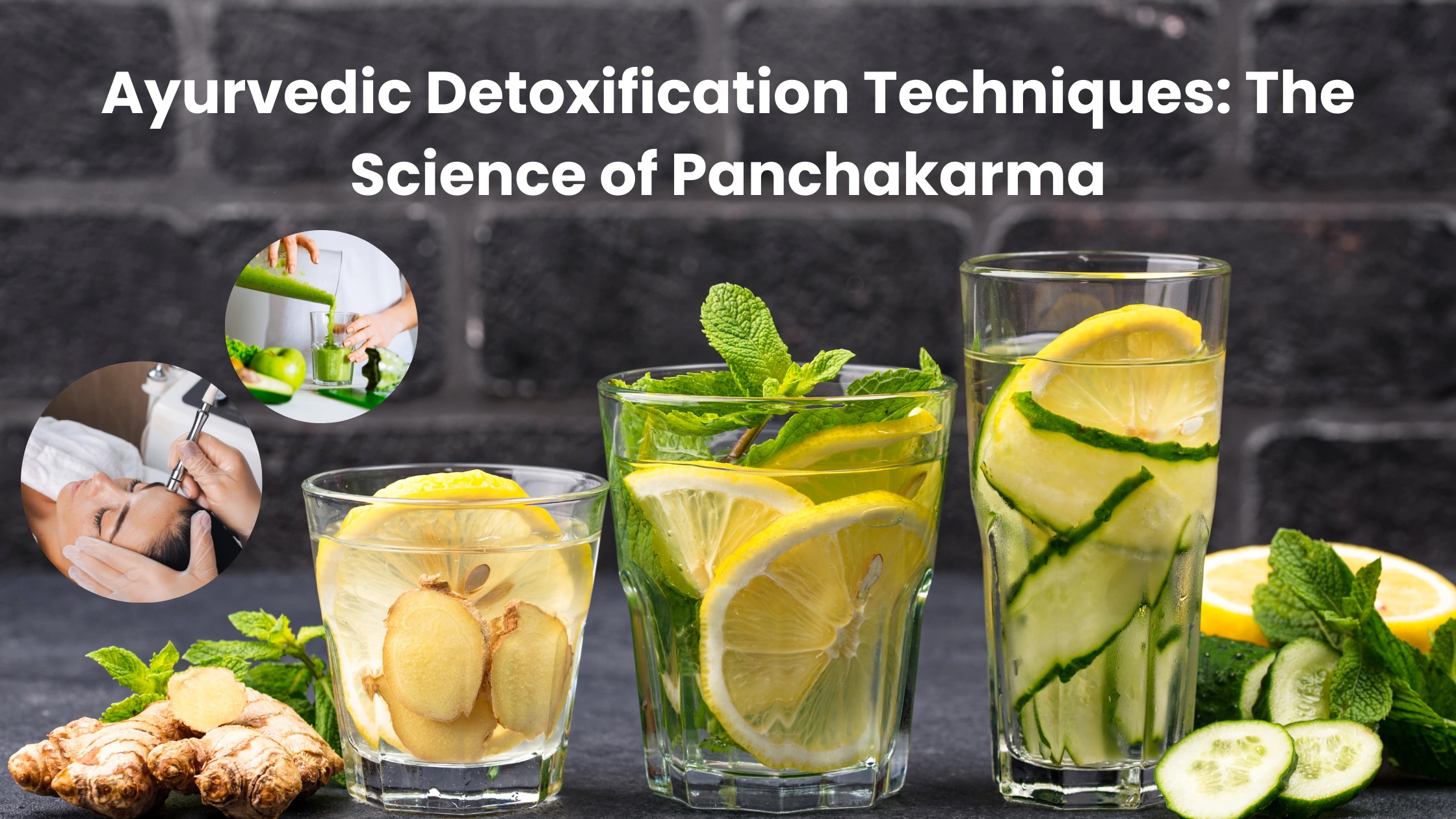
@naditarangini
3 Publicações
1 fotos
0 Vídeos
Reside em Pune
De Pune
Male
-
Smart Patient Management Systems (SPMS) are transforming Ayurvedic healthcare by integrating traditional practices with modern technology. They enhance patient care through personalized data tracking, digital record-keeping, Nadi and Dosha analysis, automated follow-ups, and streamlined clinic management. SPMS improves practitioner efficiency, patient engagement, and treatment accuracy while preserving Ayurveda’s holistic principles. AI integration further enables predictive, personalized, and accessible care.
Know More: https://www.naditarangini.com/how-ai-is-revolutionizing-ayurveda/
Smart Patient Management Systems (SPMS) are transforming Ayurvedic healthcare by integrating traditional practices with modern technology. They enhance patient care through personalized data tracking, digital record-keeping, Nadi and Dosha analysis, automated follow-ups, and streamlined clinic management. SPMS improves practitioner efficiency, patient engagement, and treatment accuracy while preserving Ayurveda’s holistic principles. AI integration further enables predictive, personalized, and accessible care. Know More: https://www.naditarangini.com/how-ai-is-revolutionizing-ayurveda/0 Comentários ·0 Compartilhamentos ·66 Visualizações -
Ayurvedic Detoxification Techniques: The Science of Panchakarma
In today’s fast-paced world, it's easy to overlook what our body tries to tell us. Fatigue, digestive issues, bloating, poor sleep, brain fog, and low immunity—these are often signs that the body is overloaded with toxins. Ayurveda, India’s ancient healing system, believes that health begins with cleansing the body and mind from accumulated impurities, also known as Ama. One of the most powerful detoxification methods in Ayurveda is Panchakarma—a structured therapeutic process that restores balance, removes toxins, and rejuvenates the body from the cellular level.
Understanding Toxins in Ayurveda
Before diving into Panchakarma, it's important to understand Ama, the Ayurvedic concept of toxins. Ama forms when our Agni (digestive fire) becomes weak due to irregular eating, unhealthy food choices, lack of sleep, stress, or exposure to chemicals. Over time, these toxins clog body channels (srotas), disrupt dosha balance, and give rise to illness. Ayurvedic detoxification is not just about weight loss or cleansing the stomach—it is about purifying the entire body system and restoring harmony.
Learn More https://www.naditarangini.com/ayurvedic-detoxification-techniques-the-science-of-panchakarma/
What Is Panchakarma?
The term Panchakarma translates to “five actions” or “five therapies”. These therapies are designed to eliminate deep-seated toxins from the tissues and expel them from the body in a controlled, scientific way. Panchakarma is unique because it doesn’t just detox the gut—it addresses toxins in every tissue layer, bringing equilibrium to Vata, Pitta, and Kapha doshas.
Three Phases of Panchakarma Detox
Panchakarma is not a single treatment—it’s a carefully planned healing journey that happens in three phases:
1. Purva Karma (Preparation Phase)
This step prepares the body to release toxins.
Snehana (Internal and External Oleation): Herbal oils or ghee are used to loosen toxins stored in tissues.
Swedana (Herbal Steam Therapy): Steam and herbs help liquefy toxins and move them toward the digestive tract for elimination.
2. Pradhana Karma (Main Detox Procedures)
This phase includes the five core cleansing techniques:
Technique
Procedure
Target
Vamana
Therapeutic emesis
Removes excess Kapha and mucus from chest/stomach
Virechana
Controlled purgation
Cleanses liver and intestines, reduces Pitta
Basti
Medicated enemas
Balances Vata and nourishes colon
Nasya
Herbal drops in nostrils
Clears head, sinuses, improves mental clarity
Rakta Mokshana
Blood cleansing
Removes toxins from blood, improves immunity
3. Paschat Karma (Rejuvenation Phase)
After detox, the body needs nourishment and stability. This includes:
Diet correction (Pathya): Light, healing foods to rebuild digestion
Rasayana (Rejuvenative herbs): Ashwagandha, Shatavari, Amla for strength and vitality
Lifestyle guidance: Daily routines to maintain detox benefits
Benefits of Panchakarma
Panchakarma offers a complete reset for body and mind. Some proven benefits include:
Improves digestion and metabolism
Enhances nutrient absorption
Boosts immunity and vitality
Supports hormonal balance
Reduces chronic fatigue and stress
Relieves joint and muscle stiffness
Clears skin and improves glow
Promotes mental clarity and emotional balance
Addresses chronic conditions like arthritis, sinusitis, IBS, and migraines
Panchakarma Is Personalized Medicine
One of the biggest strengths of Panchakarma is that it is highly personalized. Unlike generic detox programs, Ayurvedic detox is planned after analyzing:
Your dominant Dosha
Prakriti (body constitution)
Health condition
Age and strength
Season and lifestyle
That’s why Panchakarma must be done under trained Ayurvedic supervision. Self-detox without guidance may disturb dosha balance rather than help it.
Simple Daily Detox According to Ayurveda
If full Panchakarma therapy is not feasible, you can incorporate small Ayurvedic detox habits daily:
Begin mornings with warm water and lemon or ginger
Include Triphala at night for gentle colon cleansing
Use turmeric and cumin in cooking for natural detox
Eat fresh, cooked meals instead of packaged or reheated food
Avoid overeating and late-night meals
Practice oil pulling to detox the mouth
Take 10–15 minutes of self-abhyanga (oil massage) weekly
Practice pranayama or meditation to detox the mind
Final Thought
The beauty of Panchakarma lies not only in cleansing the body but also in rejuvenating the spirit. It teaches that detoxification is not just about fasting or flushing—it’s about restoring balance, enhancing energy, and reconnecting with natural health. As lifestyle diseases keep rising, this ancient detox science offers a soothing yet powerful path to holistic wellbeing.
If done with discipline and the right guidance, Panchakarma can transform your health from the inside out—naturally and sustainably.
Ayurvedic Detoxification Techniques: The Science of Panchakarma In today’s fast-paced world, it's easy to overlook what our body tries to tell us. Fatigue, digestive issues, bloating, poor sleep, brain fog, and low immunity—these are often signs that the body is overloaded with toxins. Ayurveda, India’s ancient healing system, believes that health begins with cleansing the body and mind from accumulated impurities, also known as Ama. One of the most powerful detoxification methods in Ayurveda is Panchakarma—a structured therapeutic process that restores balance, removes toxins, and rejuvenates the body from the cellular level. Understanding Toxins in Ayurveda Before diving into Panchakarma, it's important to understand Ama, the Ayurvedic concept of toxins. Ama forms when our Agni (digestive fire) becomes weak due to irregular eating, unhealthy food choices, lack of sleep, stress, or exposure to chemicals. Over time, these toxins clog body channels (srotas), disrupt dosha balance, and give rise to illness. Ayurvedic detoxification is not just about weight loss or cleansing the stomach—it is about purifying the entire body system and restoring harmony. Learn More https://www.naditarangini.com/ayurvedic-detoxification-techniques-the-science-of-panchakarma/ What Is Panchakarma? The term Panchakarma translates to “five actions” or “five therapies”. These therapies are designed to eliminate deep-seated toxins from the tissues and expel them from the body in a controlled, scientific way. Panchakarma is unique because it doesn’t just detox the gut—it addresses toxins in every tissue layer, bringing equilibrium to Vata, Pitta, and Kapha doshas. Three Phases of Panchakarma Detox Panchakarma is not a single treatment—it’s a carefully planned healing journey that happens in three phases: 1. Purva Karma (Preparation Phase) This step prepares the body to release toxins. Snehana (Internal and External Oleation): Herbal oils or ghee are used to loosen toxins stored in tissues. Swedana (Herbal Steam Therapy): Steam and herbs help liquefy toxins and move them toward the digestive tract for elimination. 2. Pradhana Karma (Main Detox Procedures) This phase includes the five core cleansing techniques: Technique Procedure Target Vamana Therapeutic emesis Removes excess Kapha and mucus from chest/stomach Virechana Controlled purgation Cleanses liver and intestines, reduces Pitta Basti Medicated enemas Balances Vata and nourishes colon Nasya Herbal drops in nostrils Clears head, sinuses, improves mental clarity Rakta Mokshana Blood cleansing Removes toxins from blood, improves immunity 3. Paschat Karma (Rejuvenation Phase) After detox, the body needs nourishment and stability. This includes: Diet correction (Pathya): Light, healing foods to rebuild digestion Rasayana (Rejuvenative herbs): Ashwagandha, Shatavari, Amla for strength and vitality Lifestyle guidance: Daily routines to maintain detox benefits Benefits of Panchakarma Panchakarma offers a complete reset for body and mind. Some proven benefits include: Improves digestion and metabolism Enhances nutrient absorption Boosts immunity and vitality Supports hormonal balance Reduces chronic fatigue and stress Relieves joint and muscle stiffness Clears skin and improves glow Promotes mental clarity and emotional balance Addresses chronic conditions like arthritis, sinusitis, IBS, and migraines Panchakarma Is Personalized Medicine One of the biggest strengths of Panchakarma is that it is highly personalized. Unlike generic detox programs, Ayurvedic detox is planned after analyzing: Your dominant Dosha Prakriti (body constitution) Health condition Age and strength Season and lifestyle That’s why Panchakarma must be done under trained Ayurvedic supervision. Self-detox without guidance may disturb dosha balance rather than help it. Simple Daily Detox According to Ayurveda If full Panchakarma therapy is not feasible, you can incorporate small Ayurvedic detox habits daily: Begin mornings with warm water and lemon or ginger Include Triphala at night for gentle colon cleansing Use turmeric and cumin in cooking for natural detox Eat fresh, cooked meals instead of packaged or reheated food Avoid overeating and late-night meals Practice oil pulling to detox the mouth Take 10–15 minutes of self-abhyanga (oil massage) weekly Practice pranayama or meditation to detox the mind Final Thought The beauty of Panchakarma lies not only in cleansing the body but also in rejuvenating the spirit. It teaches that detoxification is not just about fasting or flushing—it’s about restoring balance, enhancing energy, and reconnecting with natural health. As lifestyle diseases keep rising, this ancient detox science offers a soothing yet powerful path to holistic wellbeing. If done with discipline and the right guidance, Panchakarma can transform your health from the inside out—naturally and sustainably.0 Comentários ·0 Compartilhamentos ·217 Visualizações
Mais Stories






